REVITALIZATION & HERITAGE
Architectural Features
The Mills has witnessed the golden age of Hong Kong’s textile industry and has undergone significant transformation and revitalization since its decline. It has now become a landmark cultural and creative heritage preservation project in Hong Kong, undertaken by the Nan Fung Group, allowing the Mills to preserve the original appearance and architectural features of the cotton mill factory while incorporating modern design. It reshaped its entire space into a revitalized building that coexists within the city and among its citizens. As a conservation project in Hong Kong, The Mills not only emphasizes the external preservation of the building but also dedicates itself to cultural heritage and preservation. It offers visitors a new way to experience the passage of time, enabling them to delve into and understand the history of the textile industry and local culture. It shapes a unique cultural character for the community.
Original Staircase
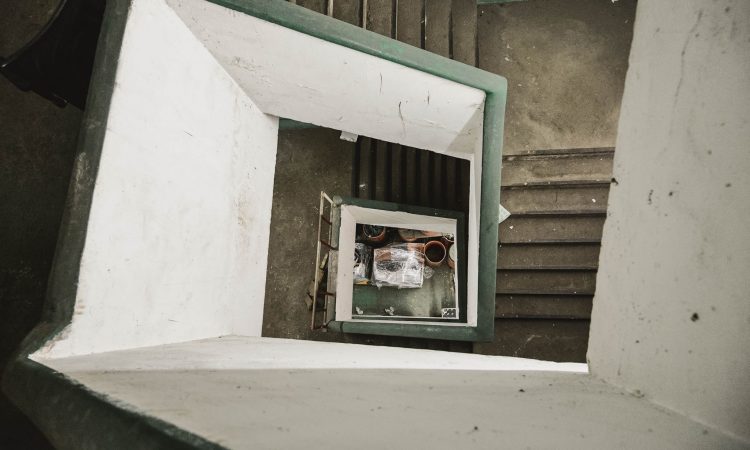


The original staircase of Mill 4 has carried thousands of workers throughout the decades and has been preserved for visitors to have an experience that echoes that of the factory workers.
While its striking green paint may have faded, it retains a traceable past and continues to build memories for generations to come.
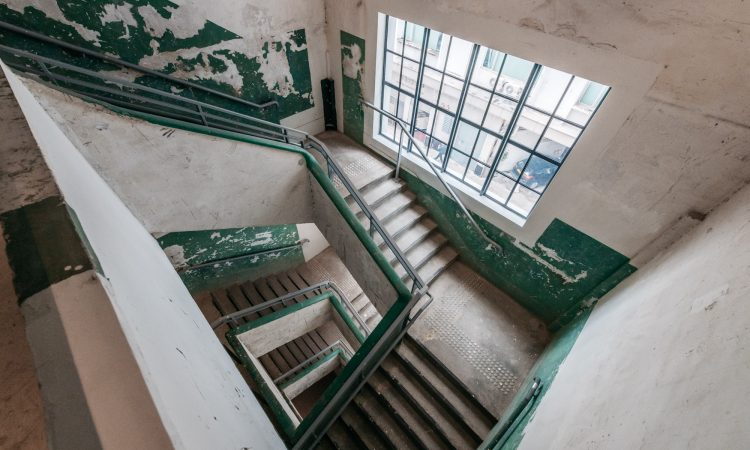


The original staircase of Mill 4 has carried thousands of workers throughout the decades and has been preserved for visitors to have an experience that echoes that of the factory workers.
While its striking green paint may have faded, it retains a traceable past and continues to build memories for generations to come.



The original staircase of Mill 4 has carried thousands of workers throughout the decades and has been preserved for visitors to have an experience that echoes that of the factory workers.
While its striking green paint may have faded, it retains a traceable past and continues to build memories for generations to come.



The original staircase of Mill 4 has carried thousands of workers throughout the decades and has been preserved for visitors to have an experience that echoes that of the factory workers.
While its striking green paint may have faded, it retains a traceable past and continues to build memories for generations to come.
Golden Cup Metal Gate
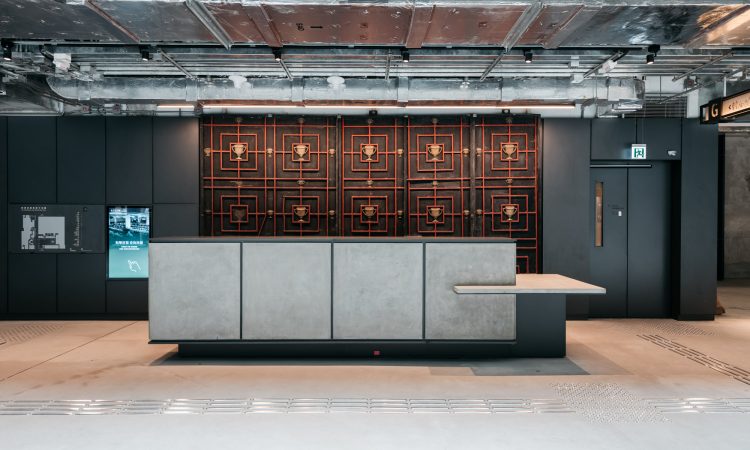


With an annual production of up to 32 million pounds of yarn, Nan Fung Textiles was a great contributor to Hong Kong’s textile industry.
‘Golden Cup’ was one of Nan Fung Textiles’ champion brands, and its imagery adorns the main entry gate at the previous Mill 4 to welcome every visitor to The Mills, commemorating the promise and contribution of former textile workers to the industry.
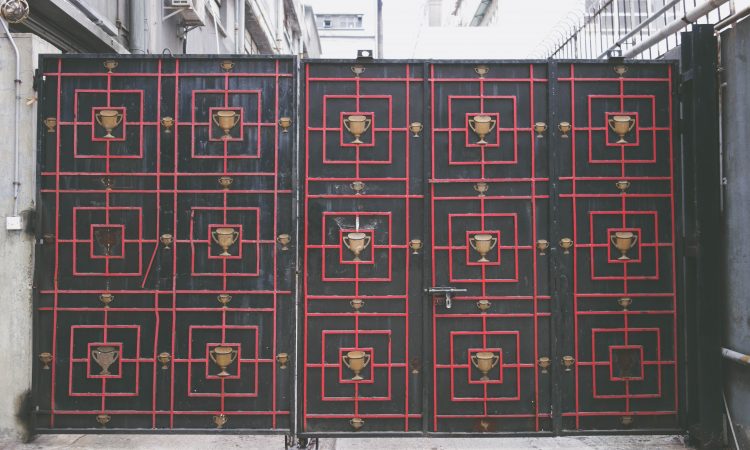


With an annual production of up to 32 million pounds of yarn, Nan Fung Textiles was a great contributor to Hong Kong’s textile industry.
‘Golden Cup’ was one of Nan Fung Textiles’ champion brands, and its imagery adorns the main entry gate at the previous Mill 4 to welcome every visitor to The Mills, commemorating the promise and contribution of former textile workers to the industry.



With an annual production of up to 32 million pounds of yarn, Nan Fung Textiles was a great contributor to Hong Kong’s textile industry.
‘Golden Cup’ was one of Nan Fung Textiles’ champion brands, and its imagery adorns the main entry gate at the previous Mill 4 to welcome every visitor to The Mills, commemorating the promise and contribution of former textile workers to the industry.



With an annual production of up to 32 million pounds of yarn, Nan Fung Textiles was a great contributor to Hong Kong’s textile industry.
‘Golden Cup’ was one of Nan Fung Textiles’ champion brands, and its imagery adorns the main entry gate at the previous Mill 4 to welcome every visitor to The Mills, commemorating the promise and contribution of former textile workers to the industry.
Signage Restoration
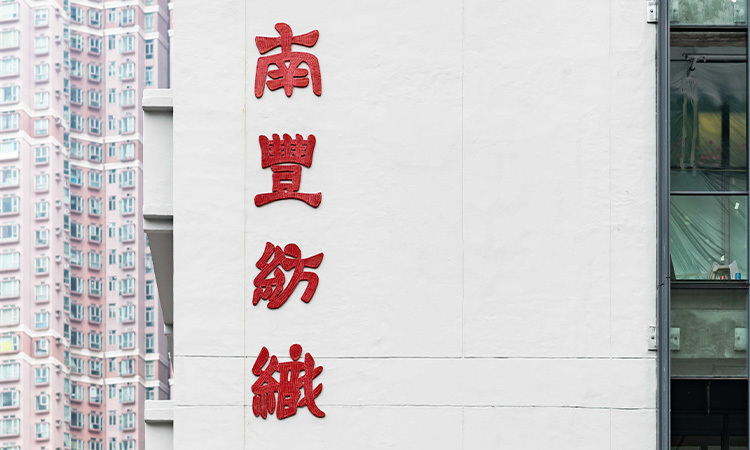


The original “Nan Fung Textile Co., Ltd.” signage on the external wall was one of the most distinguishing features of the former mill complex.
Upon careful documentation and survey, it is now renewed and kept at its original location during the revitalization process, perpetuating the heritage spirit and fostering new possibilities for The Mills.
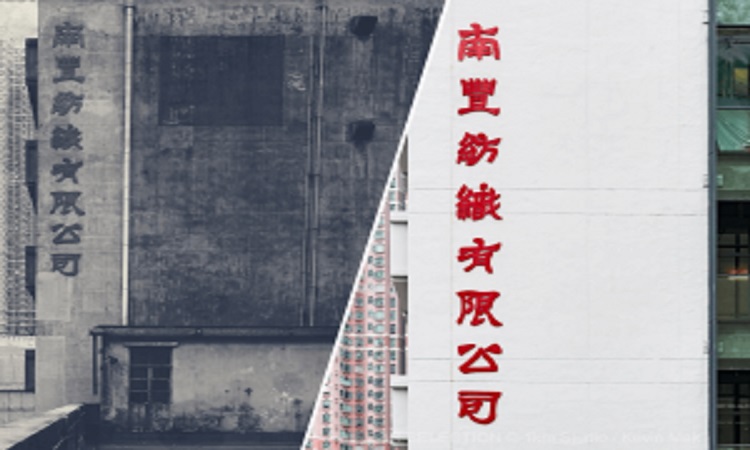


The original “Nan Fung Textile Co., Ltd.” signage on the external wall was one of the most distinguishing features of the former mill complex.
Upon careful documentation and survey, it is now renewed and kept at its original location during the revitalization process, perpetuating the heritage spirit and fostering new possibilities for The Mills.
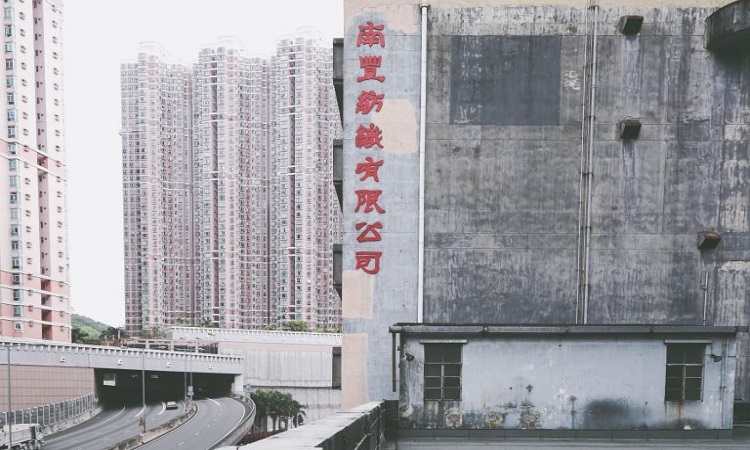


The original “Nan Fung Textile Co., Ltd.” signage on the external wall was one of the most distinguishing features of the former mill complex.
Upon careful documentation and survey, it is now renewed and kept at its original location during the revitalization process, perpetuating the heritage spirit and fostering new possibilities for The Mills.



The original “Nan Fung Textile Co., Ltd.” signage on the external wall was one of the most distinguishing features of the former mill complex.
Upon careful documentation and survey, it is now renewed and kept at its original location during the revitalization process, perpetuating the heritage spirit and fostering new possibilities for The Mills.



The original “Nan Fung Textile Co., Ltd.” signage on the external wall was one of the most distinguishing features of the former mill complex.
Upon careful documentation and survey, it is now renewed and kept at its original location during the revitalization process, perpetuating the heritage spirit and fostering new possibilities for The Mills.
Sand Buckets
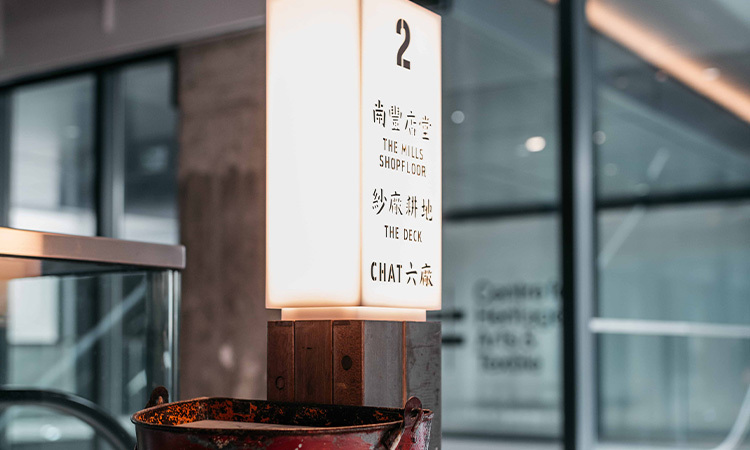


Fire hazards were the largest threat to the safety and normal operation of the mill factories, with sand buckets adorning every corner to ensure the safety of workers.
Today, these buckets are incorporated into our signage system through adaptive reuse.
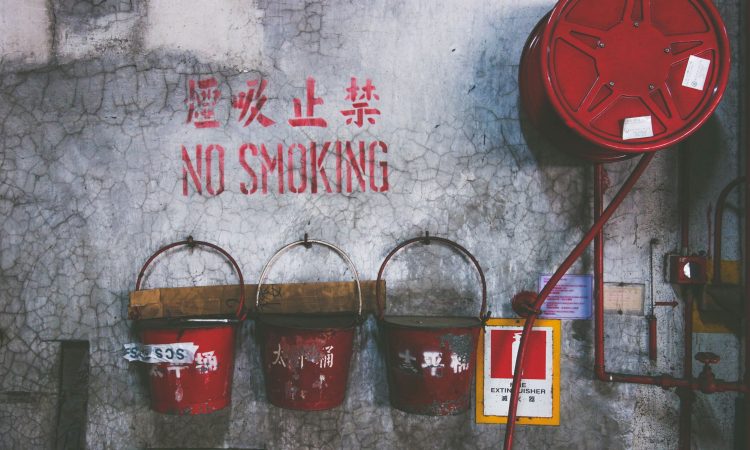


Fire hazards were the largest threat to the safety and normal operation of the mill factories, with sand buckets adorning every corner to ensure the safety of workers.
Today, these buckets are incorporated into our signage system through adaptive reuse.



Fire hazards were the largest threat to the safety and normal operation of the mill factories, with sand buckets adorning every corner to ensure the safety of workers.
Today, these buckets are incorporated into our signage system through adaptive reuse.



Fire hazards were the largest threat to the safety and normal operation of the mill factories, with sand buckets adorning every corner to ensure the safety of workers.
Today, these buckets are incorporated into our signage system through adaptive reuse.
Upcycled Bench
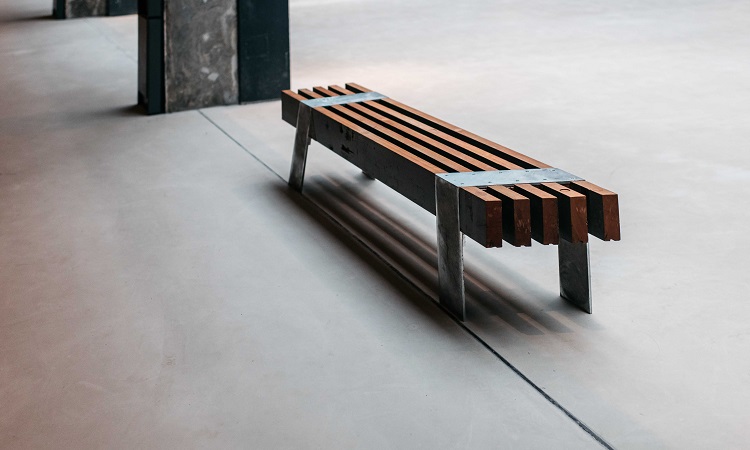


The solid timber doors that stood for many years in the old mill factories were found in good condition and were repurposed to become benches and signage.
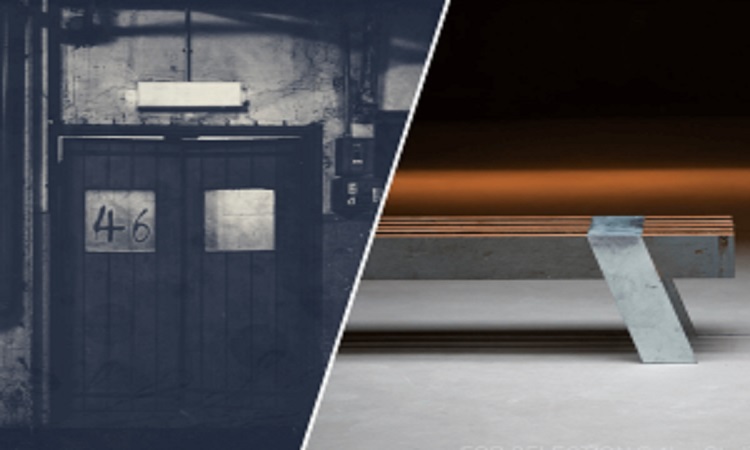


The solid timber doors that stood for many years in the old mill factories were found in good condition and were repurposed to become benches and signage.
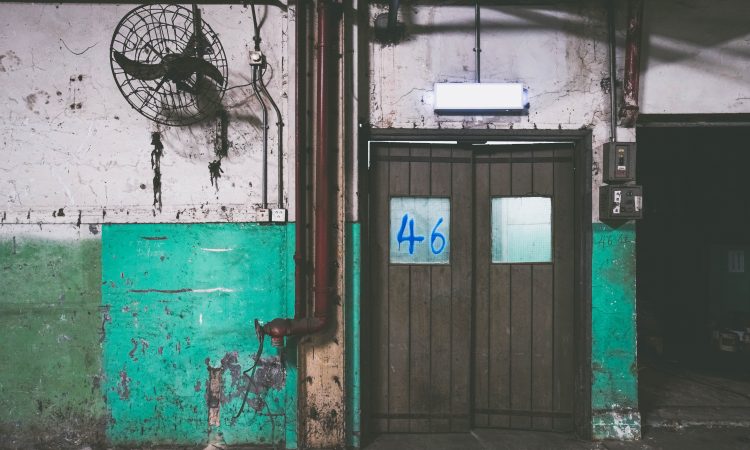


The solid timber doors that stood for many years in the old mill factories were found in good condition and were repurposed to become benches and signage.
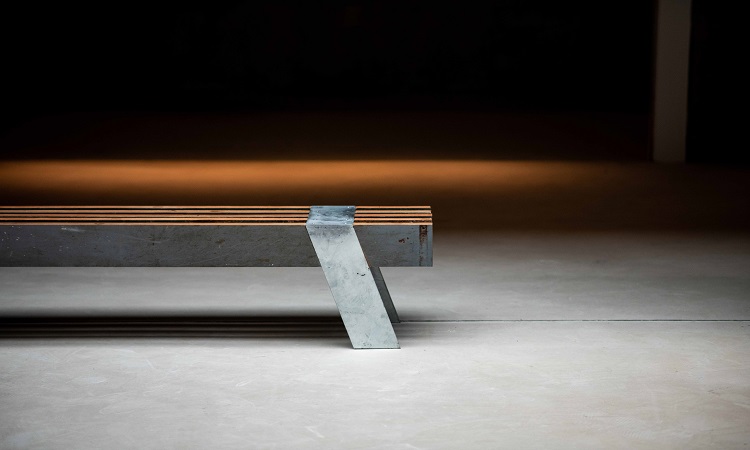


The solid timber doors that stood for many years in the old mill factories were found in good condition and were repurposed to become benches and signage.



The solid timber doors that stood for many years in the old mill factories were found in good condition and were repurposed to become benches and signage.



The solid timber doors that stood for many years in the old mill factories were found in good condition and were repurposed to become benches and signage.
Pak Tin Par Lane
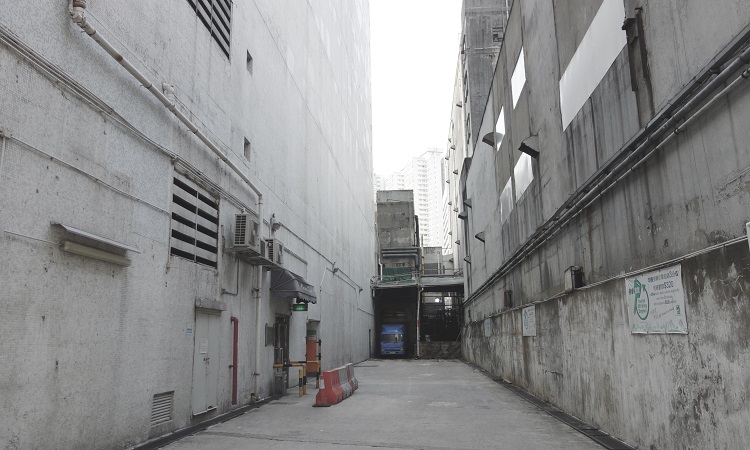


In order to open up traffic and create a more welcoming atmosphere for The Mills, we created a new pedestrian walkway connecting Castle Peak Road and Pak Tin Par Street.
Allowing The Mills to be easily accessible to the surrounding Tsuen Wan community.
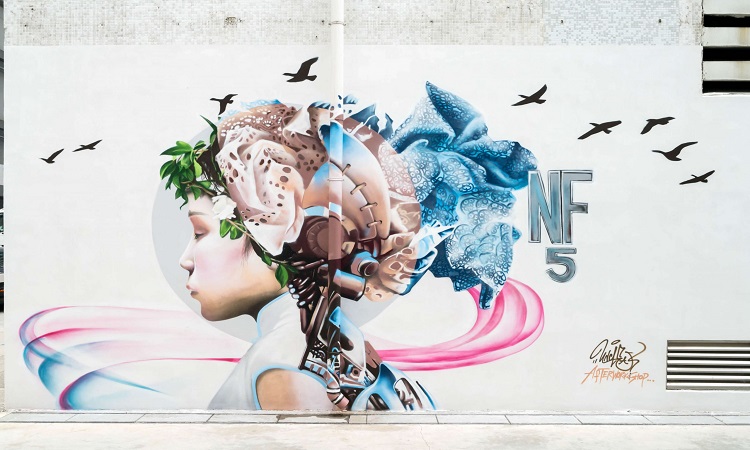


In order to open up traffic and create a more welcoming atmosphere for The Mills, we created a new pedestrian walkway connecting Castle Peak Road and Pak Tin Par Street.
Allowing The Mills to be easily accessible to the surrounding Tsuen Wan community.
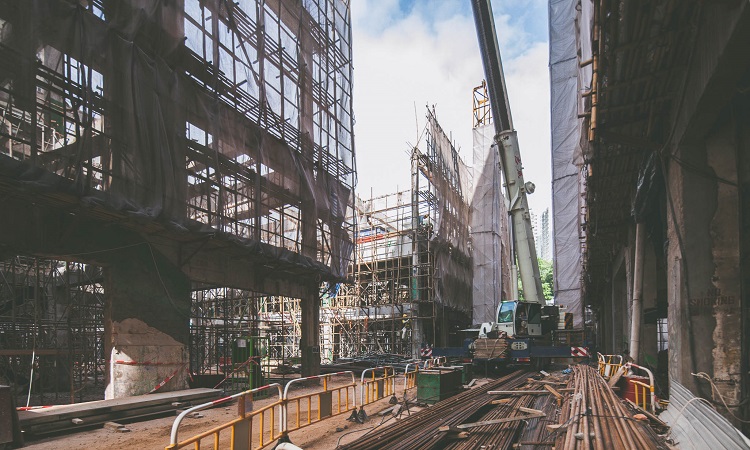


In order to open up traffic and create a more welcoming atmosphere for The Mills, we created a new pedestrian walkway connecting Castle Peak Road and Pak Tin Par Street.
Allowing The Mills to be easily accessible to the surrounding Tsuen Wan community.
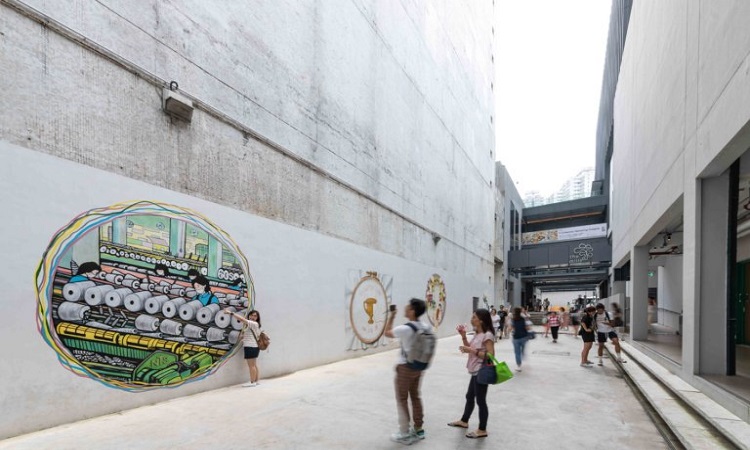


In order to open up traffic and create a more welcoming atmosphere for The Mills, we created a new pedestrian walkway connecting Castle Peak Road and Pak Tin Par Street.
Allowing The Mills to be easily accessible to the surrounding Tsuen Wan community.



In order to open up traffic and create a more welcoming atmosphere for The Mills, we created a new pedestrian walkway connecting Castle Peak Road and Pak Tin Par Street.
Allowing The Mills to be easily accessible to the surrounding Tsuen Wan community.



In order to open up traffic and create a more welcoming atmosphere for The Mills, we created a new pedestrian walkway connecting Castle Peak Road and Pak Tin Par Street.
Allowing The Mills to be easily accessible to the surrounding Tsuen Wan community.
Stencil Signage
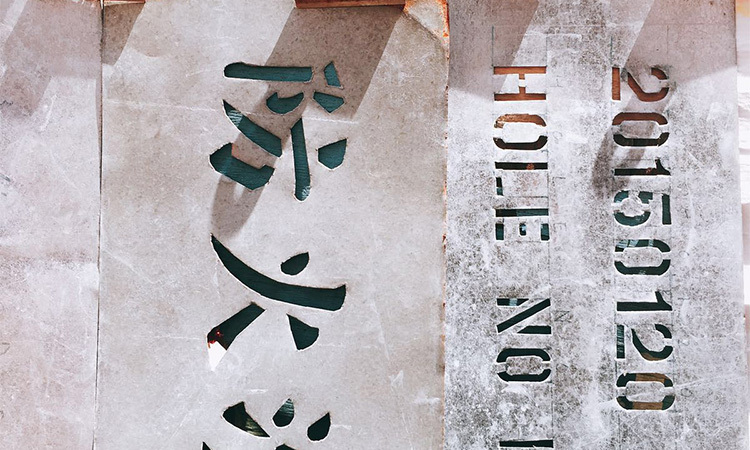


Once prominent all over Hong Kong, stencil making has been slowly declining. Some of the old signs within The Mills, such as the “No Smoking” signs, were applied decades ago using this very method.
We wanted to pay homage to our past and support the heritage preservation and revitalization of this gradually disappearing local art form, and were honored to invite stencil master Mr. Wu Ding Keung to design the typeface for the main signage within The Mills.
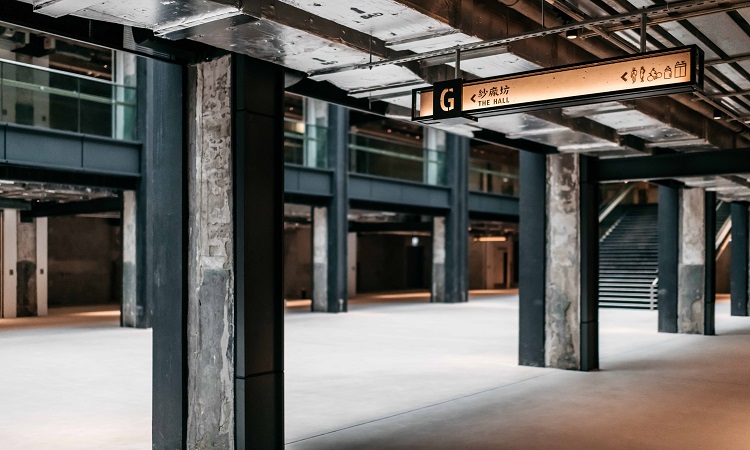


Once prominent all over Hong Kong, stencil making has been slowly declining. Some of the old signs within The Mills, such as the “No Smoking” signs, were applied decades ago using this very method.
We wanted to pay homage to our past and support the heritage preservation and revitalization of this gradually disappearing local art form, and were honored to invite stencil master Mr. Wu Ding Keung to design the typeface for the main signage within The Mills.
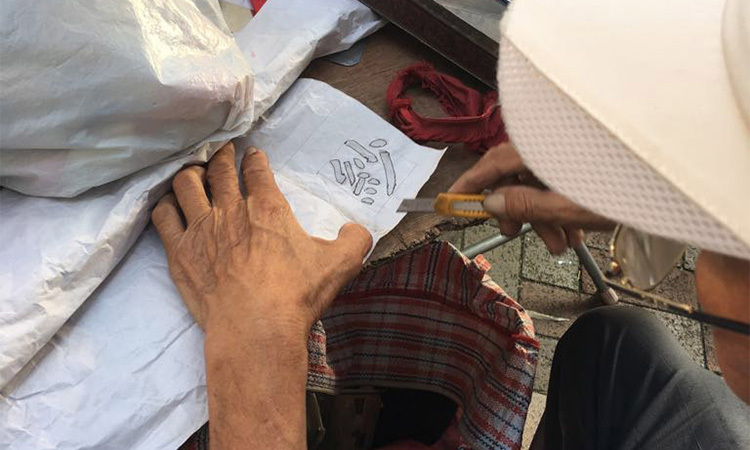


Once prominent all over Hong Kong, stencil making has been slowly declining. Some of the old signs within The Mills, such as the “No Smoking” signs, were applied decades ago using this very method.
We wanted to pay homage to our past and support the heritage preservation and revitalization of this gradually disappearing local art form, and were honored to invite stencil master Mr. Wu Ding Keung to design the typeface for the main signage within The Mills.



Once prominent all over Hong Kong, stencil making has been slowly declining. Some of the old signs within The Mills, such as the “No Smoking” signs, were applied decades ago using this very method.
We wanted to pay homage to our past and support the heritage preservation and revitalization of this gradually disappearing local art form, and were honored to invite stencil master Mr. Wu Ding Keung to design the typeface for the main signage within The Mills.



Once prominent all over Hong Kong, stencil making has been slowly declining. Some of the old signs within The Mills, such as the “No Smoking” signs, were applied decades ago using this very method.
We wanted to pay homage to our past and support the heritage preservation and revitalization of this gradually disappearing local art form, and were honored to invite stencil master Mr. Wu Ding Keung to design the typeface for the main signage within The Mills.
Original Window Frames
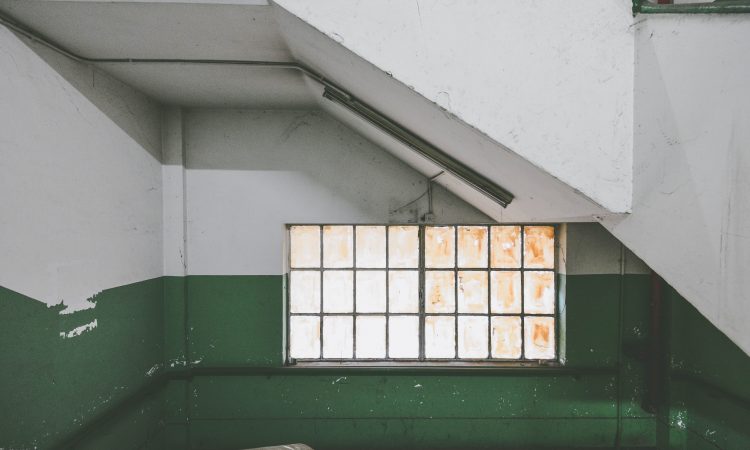


Although all the original window frames had to be replaced upon the revitalisation project of The Mills, each new window was crafted using original techniques and materials to keep in line with the period of the building.
Old window frames were not wasted but repurposed to become new entry signages.
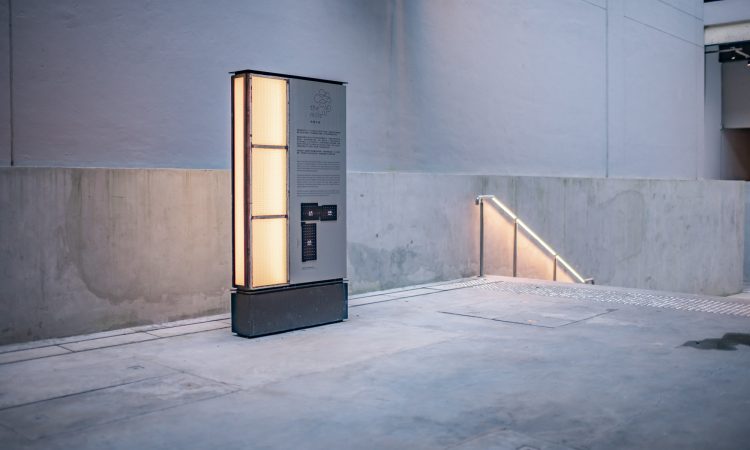


Although all the original window frames had to be replaced upon the revitalisation project of The Mills, each new window was crafted using original techniques and materials to keep in line with the period of the building.
Old window frames were not wasted but repurposed to become new entry signages.



Although all the original window frames had to be replaced upon the revitalisation project of The Mills, each new window was crafted using original techniques and materials to keep in line with the period of the building.
Old window frames were not wasted but repurposed to become new entry signages.



Although all the original window frames had to be replaced upon the revitalisation project of The Mills, each new window was crafted using original techniques and materials to keep in line with the period of the building.
Old window frames were not wasted but repurposed to become new entry signages.
NF5 gate
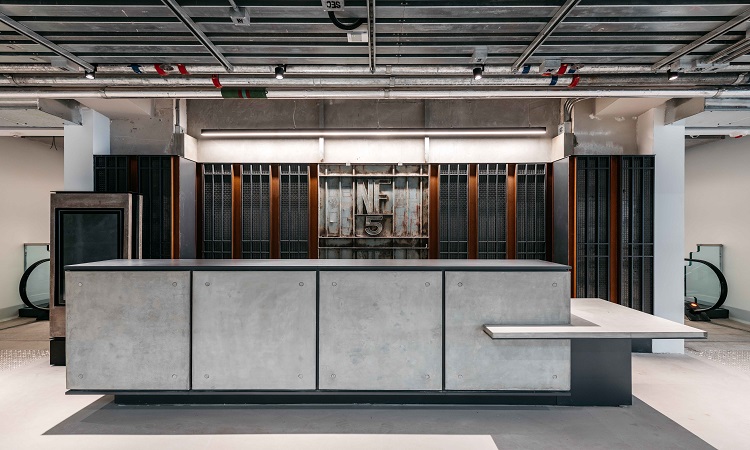


This gate was previously the main entry point into Mill 5, and its presence recalls the collective story of former factory workers. This gate was previously the main entry point into Mill 5, and its presence recalls the collective story of former factory workers.
Formerly facing Castle Peak Road for nearly 4 decades, the gate is a recognizable landmark in the Tsuen Wan neighborhood.
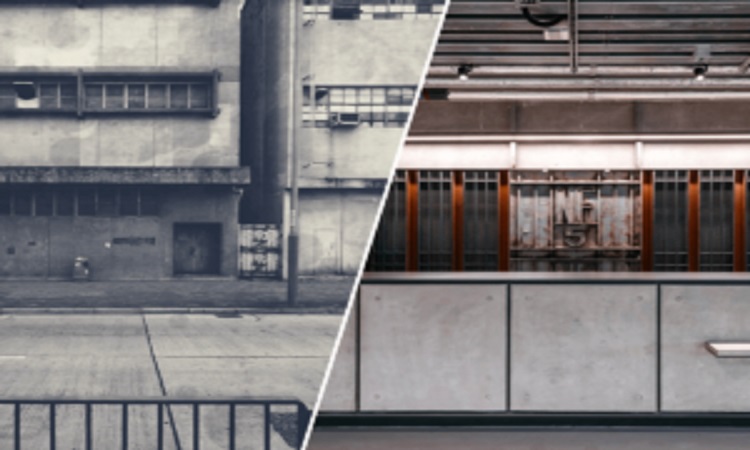


This gate was previously the main entry point into Mill 5, and its presence recalls the collective story of former factory workers. This gate was previously the main entry point into Mill 5, and its presence recalls the collective story of former factory workers.
Formerly facing Castle Peak Road for nearly 4 decades, the gate is a recognizable landmark in the Tsuen Wan neighborhood.
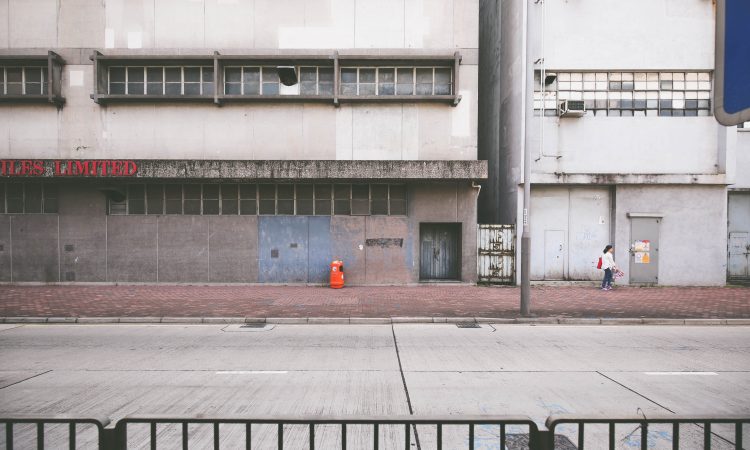


This gate was previously the main entry point into Mill 5, and its presence recalls the collective story of former factory workers. This gate was previously the main entry point into Mill 5, and its presence recalls the collective story of former factory workers.
Formerly facing Castle Peak Road for nearly 4 decades, the gate is a recognizable landmark in the Tsuen Wan neighborhood.



This gate was previously the main entry point into Mill 5, and its presence recalls the collective story of former factory workers. This gate was previously the main entry point into Mill 5, and its presence recalls the collective story of former factory workers.
Formerly facing Castle Peak Road for nearly 4 decades, the gate is a recognizable landmark in the Tsuen Wan neighborhood.



This gate was previously the main entry point into Mill 5, and its presence recalls the collective story of former factory workers. This gate was previously the main entry point into Mill 5, and its presence recalls the collective story of former factory workers.
Formerly facing Castle Peak Road for nearly 4 decades, the gate is a recognizable landmark in the Tsuen Wan neighborhood.
The Hall
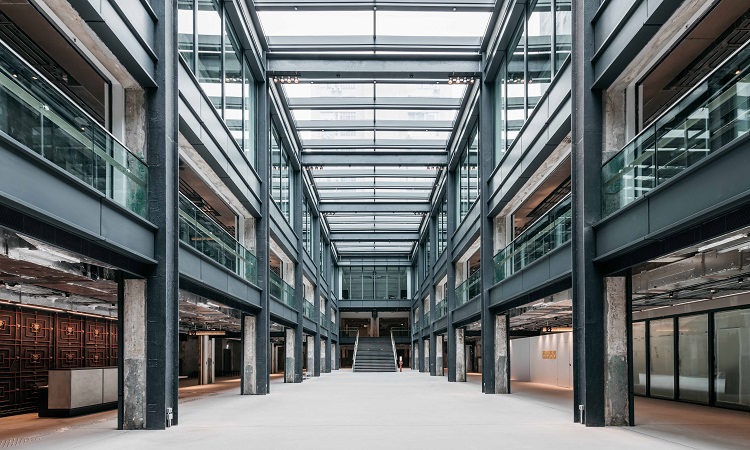


The Hall is the heart of The Mills. Hollowing out a three-story space allowed us to create a large skylight that gives life to the former factory.
The original condition of the pillars on either side of The Hall has been preserved for visitors to feel the history and stories of the space.
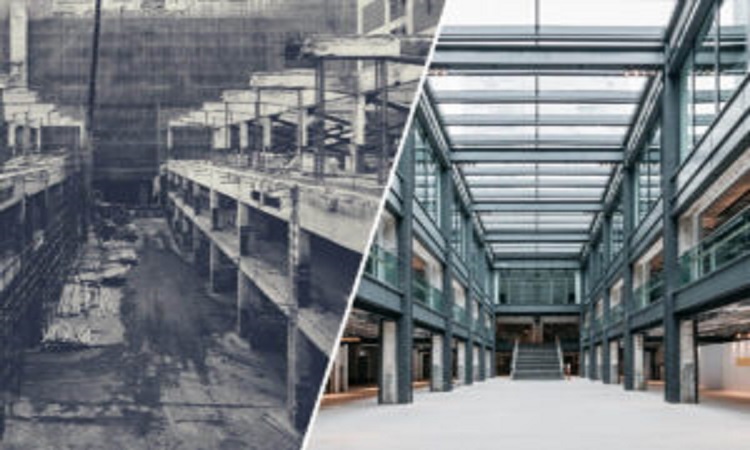


The Hall is the heart of The Mills. Hollowing out a three-story space allowed us to create a large skylight that gives life to the former factory.
The original condition of the pillars on either side of The Hall has been preserved for visitors to feel the history and stories of the space.
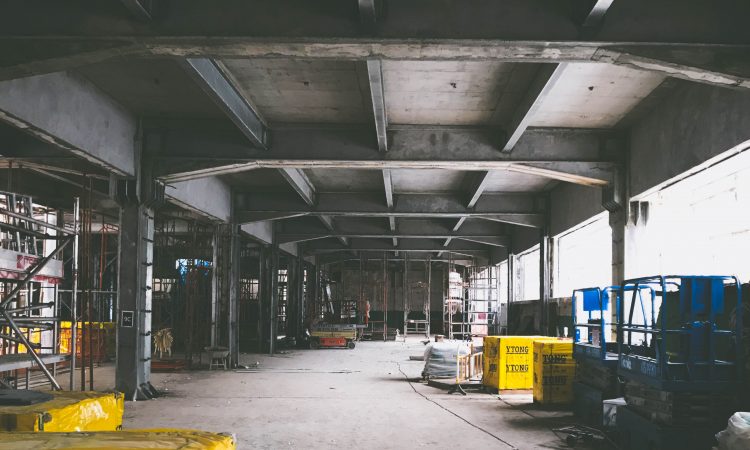


The Hall is the heart of The Mills. Hollowing out a three-story space allowed us to create a large skylight that gives life to the former factory.
The original condition of the pillars on either side of The Hall has been preserved for visitors to feel the history and stories of the space.
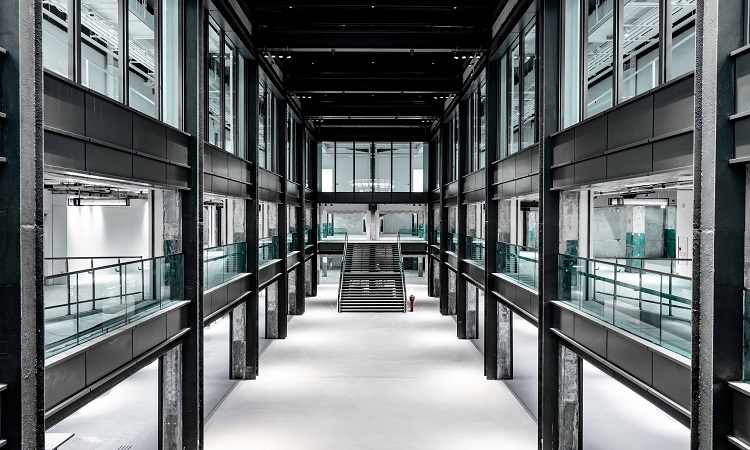


The Hall is the heart of The Mills. Hollowing out a three-story space allowed us to create a large skylight that gives life to the former factory.
The original condition of the pillars on either side of The Hall has been preserved for visitors to feel the history and stories of the space.
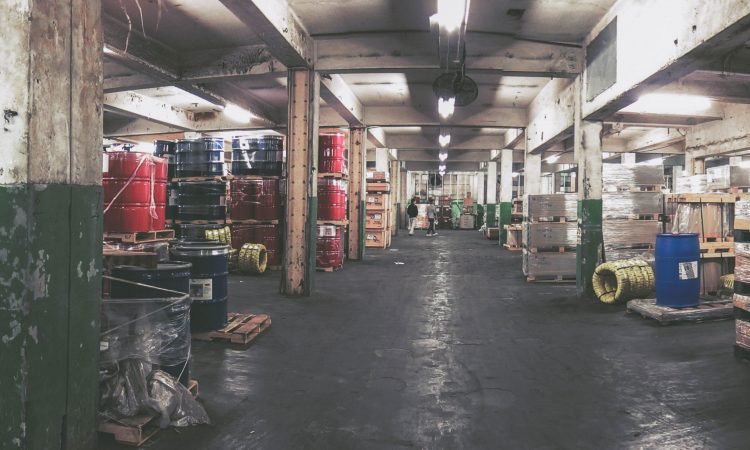


The Hall is the heart of The Mills. Hollowing out a three-story space allowed us to create a large skylight that gives life to the former factory.
The original condition of the pillars on either side of The Hall has been preserved for visitors to feel the history and stories of the space.
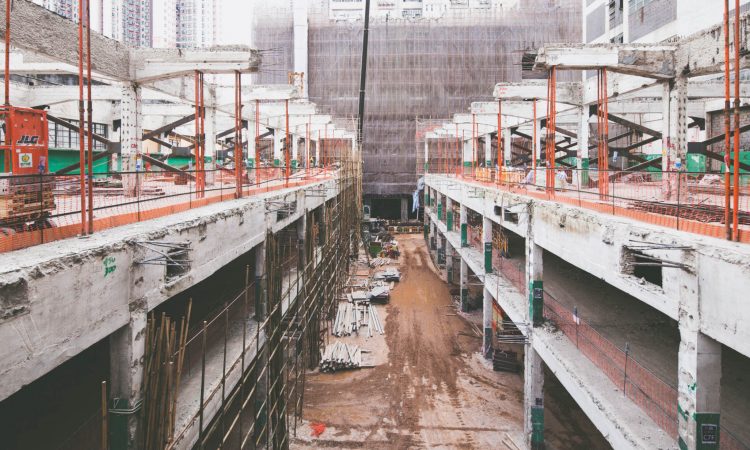


The Hall is the heart of The Mills. Hollowing out a three-story space allowed us to create a large skylight that gives life to the former factory.
The original condition of the pillars on either side of The Hall has been preserved for visitors to feel the history and stories of the space.
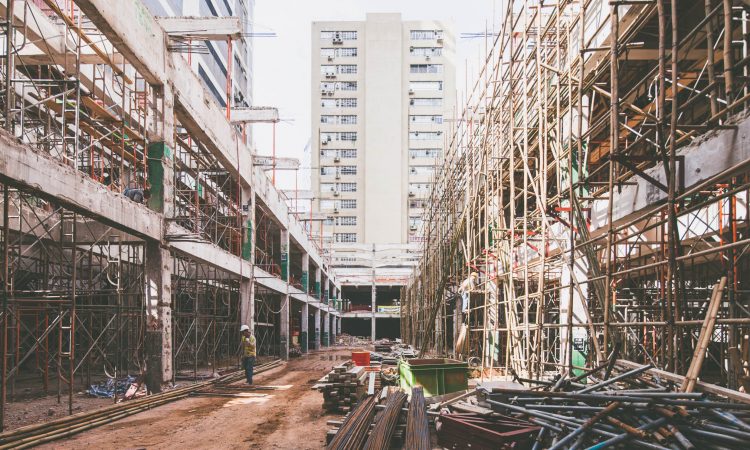


The Hall is the heart of The Mills. Hollowing out a three-story space allowed us to create a large skylight that gives life to the former factory.
The original condition of the pillars on either side of The Hall has been preserved for visitors to feel the history and stories of the space.
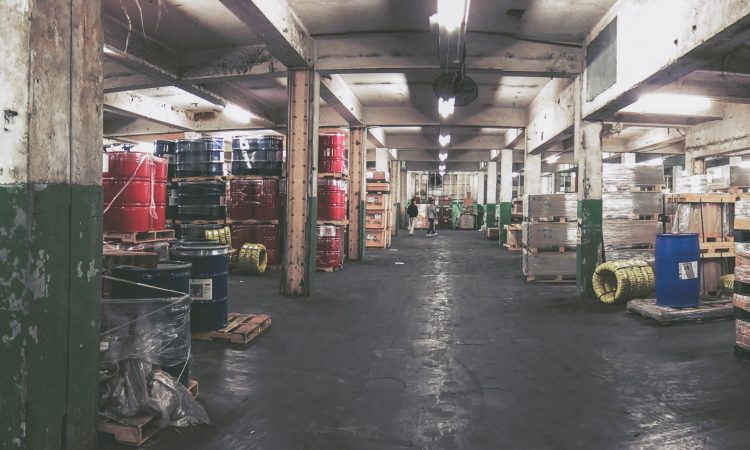


The Hall is the heart of The Mills. Hollowing out a three-story space allowed us to create a large skylight that gives life to the former factory.
The original condition of the pillars on either side of The Hall has been preserved for visitors to feel the history and stories of the space.



The Hall is the heart of The Mills. Hollowing out a three-story space allowed us to create a large skylight that gives life to the former factory.
The original condition of the pillars on either side of The Hall has been preserved for visitors to feel the history and stories of the space.



The Hall is the heart of The Mills. Hollowing out a three-story space allowed us to create a large skylight that gives life to the former factory.
The original condition of the pillars on either side of The Hall has been preserved for visitors to feel the history and stories of the space.
Glass Link Bridge
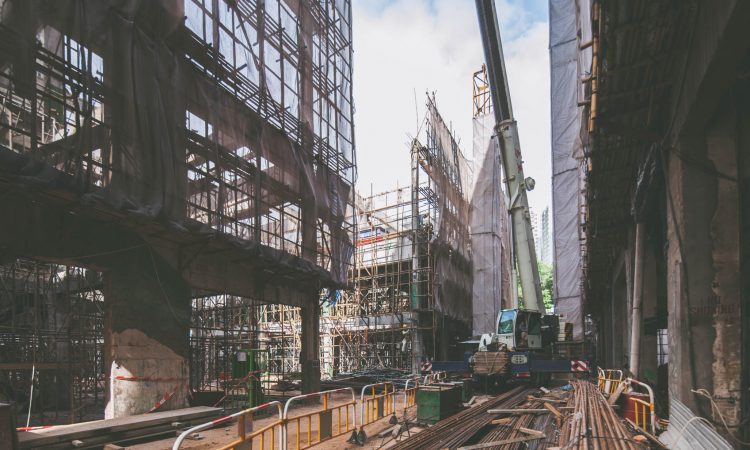


New connections are made through the construction of glass link bridges joining the originally isolated Mill 5 and 6 factories.
Visitors of The Mills will now be able to experience the complex from a completely new and refreshing perspective while more frequent and lively exchanges are anticipated with the neighbouring community.
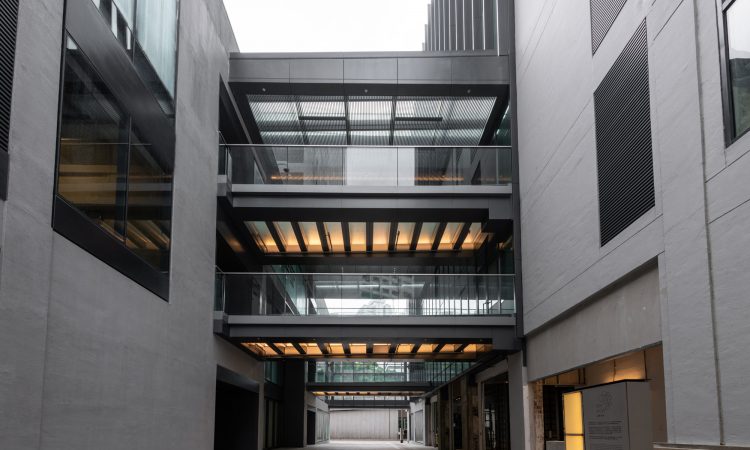


New connections are made through the construction of glass link bridges joining the originally isolated Mill 5 and 6 factories.
Visitors of The Mills will now be able to experience the complex from a completely new and refreshing perspective while more frequent and lively exchanges are anticipated with the neighbouring community.



New connections are made through the construction of glass link bridges joining the originally isolated Mill 5 and 6 factories.
Visitors of The Mills will now be able to experience the complex from a completely new and refreshing perspective while more frequent and lively exchanges are anticipated with the neighbouring community.



New connections are made through the construction of glass link bridges joining the originally isolated Mill 5 and 6 factories.
Visitors of The Mills will now be able to experience the complex from a completely new and refreshing perspective while more frequent and lively exchanges are anticipated with the neighbouring community.
Columns
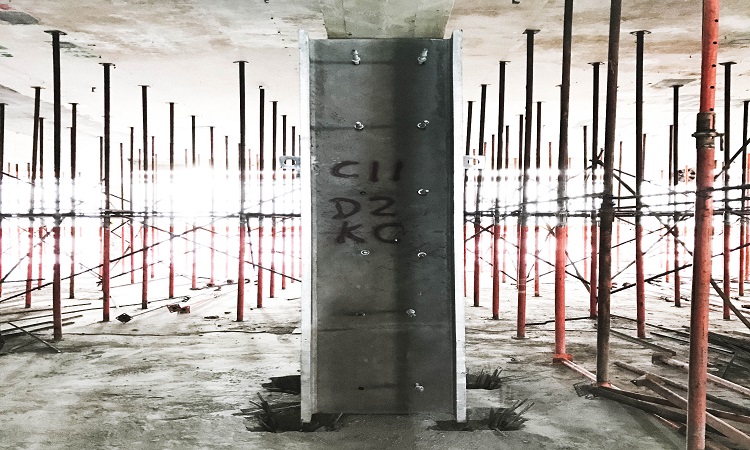


To support the new spaces we have created at The Mills, most of the original concrete structure had to be strengthened with structural steel members.
With the intention to keep ‘the old as old, and the new as new’, original signages and the signature green paint were retained and can still be seen after refurbishment.
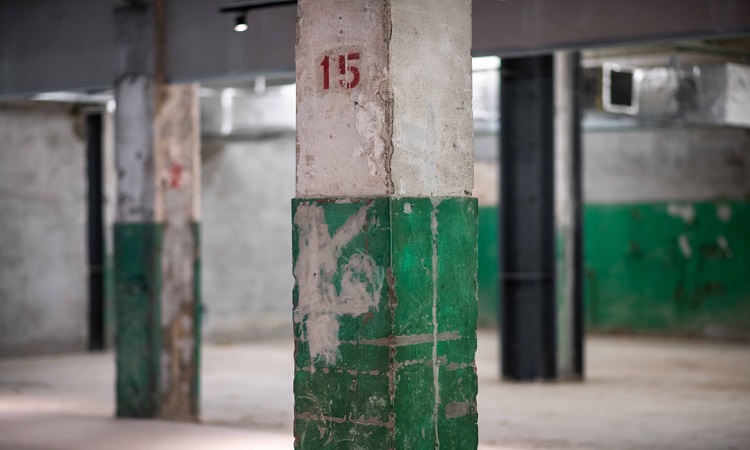


To support the new spaces we have created at The Mills, most of the original concrete structure had to be strengthened with structural steel members.
With the intention to keep ‘the old as old, and the new as new’, original signages and the signature green paint were retained and can still be seen after refurbishment.



To support the new spaces we have created at The Mills, most of the original concrete structure had to be strengthened with structural steel members.
With the intention to keep ‘the old as old, and the new as new’, original signages and the signature green paint were retained and can still be seen after refurbishment.



To support the new spaces we have created at The Mills, most of the original concrete structure had to be strengthened with structural steel members.
With the intention to keep ‘the old as old, and the new as new’, original signages and the signature green paint were retained and can still be seen after refurbishment.
CHAT Space
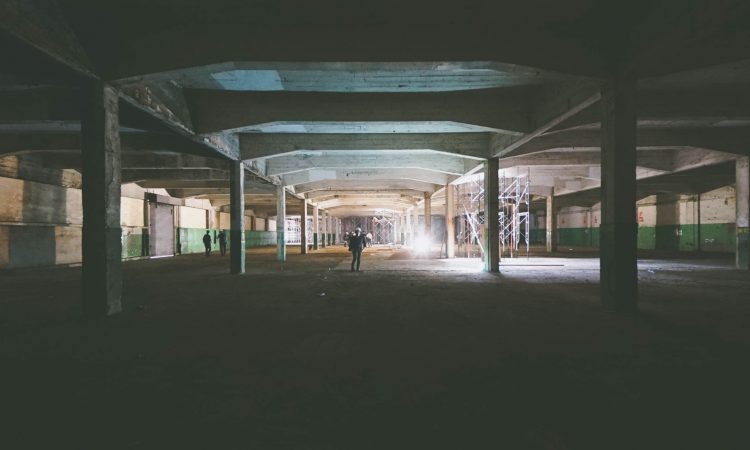


CHAT (Centre for Heritage, Arts and Textile) occupies the 2nd floor of Mill 6, and is situated above the main entrance to the complex.
Spanning no less than 30,000 square feet, CHAT will host spaces dedicated to permanent collections and exhibitions, community engagement and learning events, artist-in-residence, displays of public works of art, and heritage preservation and revitalization projects. CHAT features the highest ceilings in The Mills complex, with a reach of over 5 meters.
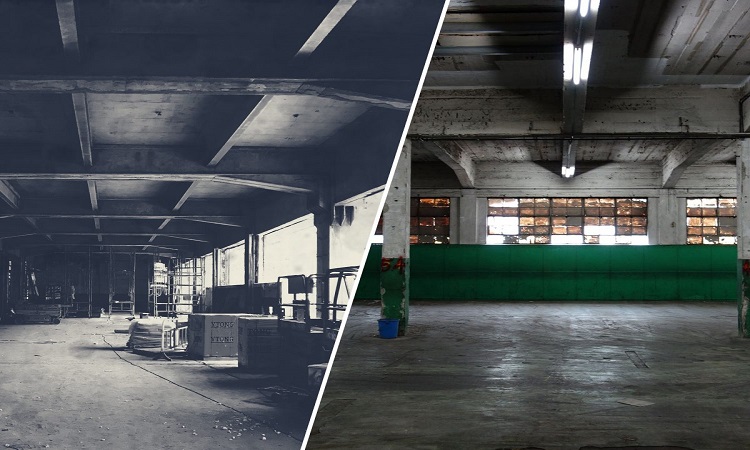


CHAT (Centre for Heritage, Arts and Textile) occupies the 2nd floor of Mill 6, and is situated above the main entrance to the complex.
Spanning no less than 30,000 square feet, CHAT will host spaces dedicated to permanent collections and exhibitions, community engagement and learning events, artist-in-residence, displays of public works of art, and heritage preservation and revitalization projects. CHAT features the highest ceilings in The Mills complex, with a reach of over 5 meters.
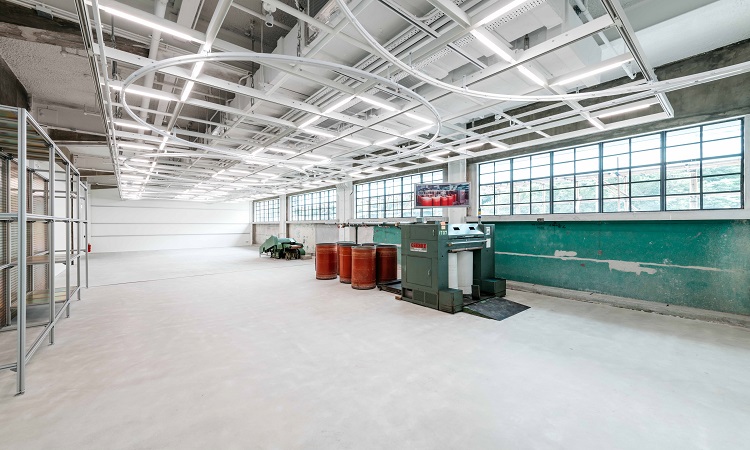


CHAT (Centre for Heritage, Arts and Textile) occupies the 2nd floor of Mill 6, and is situated above the main entrance to the complex.
Spanning no less than 30,000 square feet, CHAT will host spaces dedicated to permanent collections and exhibitions, community engagement and learning events, artist-in-residence, displays of public works of art, and heritage preservation and revitalization projects. CHAT features the highest ceilings in The Mills complex, with a reach of over 5 meters.



CHAT (Centre for Heritage, Arts and Textile) occupies the 2nd floor of Mill 6, and is situated above the main entrance to the complex.
Spanning no less than 30,000 square feet, CHAT will host spaces dedicated to permanent collections and exhibitions, community engagement and learning events, artist-in-residence, displays of public works of art, and heritage preservation and revitalization projects. CHAT features the highest ceilings in The Mills complex, with a reach of over 5 meters.
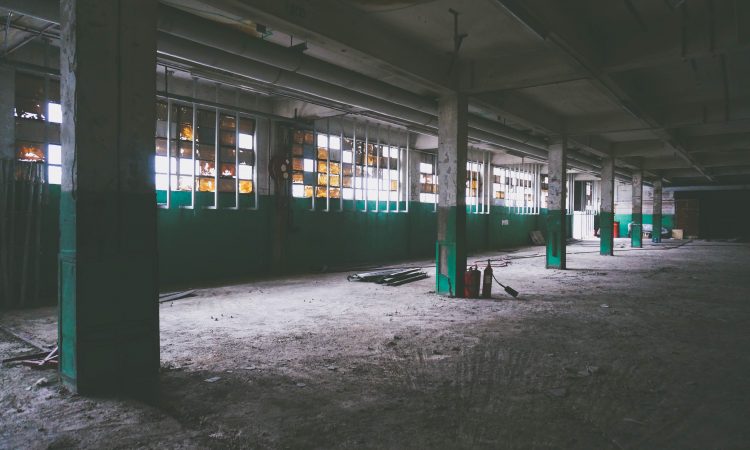


CHAT (Centre for Heritage, Arts and Textile) occupies the 2nd floor of Mill 6, and is situated above the main entrance to the complex.
Spanning no less than 30,000 square feet, CHAT will host spaces dedicated to permanent collections and exhibitions, community engagement and learning events, artist-in-residence, displays of public works of art, and heritage preservation and revitalization projects. CHAT features the highest ceilings in The Mills complex, with a reach of over 5 meters.



CHAT (Centre for Heritage, Arts and Textile) occupies the 2nd floor of Mill 6, and is situated above the main entrance to the complex.
Spanning no less than 30,000 square feet, CHAT will host spaces dedicated to permanent collections and exhibitions, community engagement and learning events, artist-in-residence, displays of public works of art, and heritage preservation and revitalization projects. CHAT features the highest ceilings in The Mills complex, with a reach of over 5 meters.



CHAT (Centre for Heritage, Arts and Textile) occupies the 2nd floor of Mill 6, and is situated above the main entrance to the complex.
Spanning no less than 30,000 square feet, CHAT will host spaces dedicated to permanent collections and exhibitions, community engagement and learning events, artist-in-residence, displays of public works of art, and heritage preservation and revitalization projects. CHAT features the highest ceilings in The Mills complex, with a reach of over 5 meters.
The Park
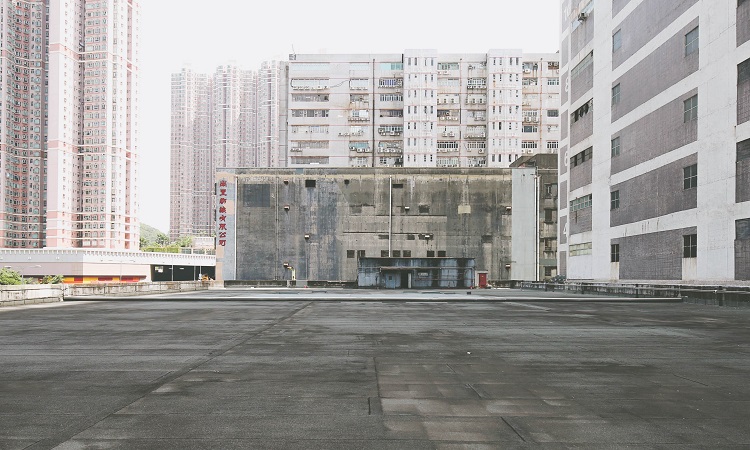


What used to be a large, vacant concrete roof is now transformed into a rooftop park.
The Park is spacious and green, contrasting with the surrounding industrial neighbourhood, and allows visitors to relax and recharge.
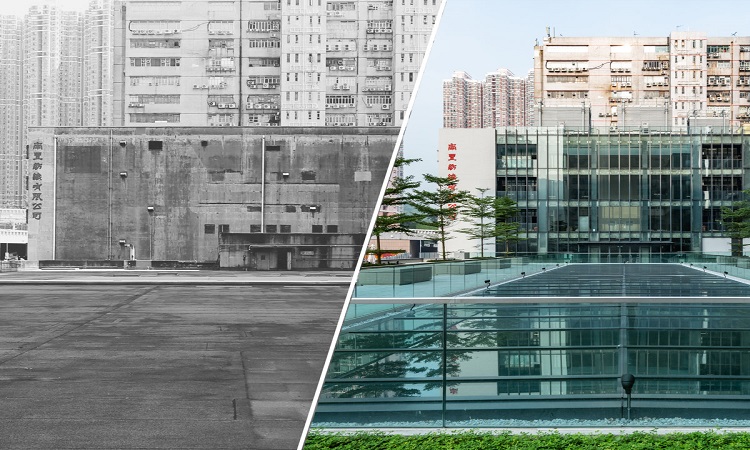


What used to be a large, vacant concrete roof is now transformed into a rooftop park.
The Park is spacious and green, contrasting with the surrounding industrial neighbourhood, and allows visitors to relax and recharge.
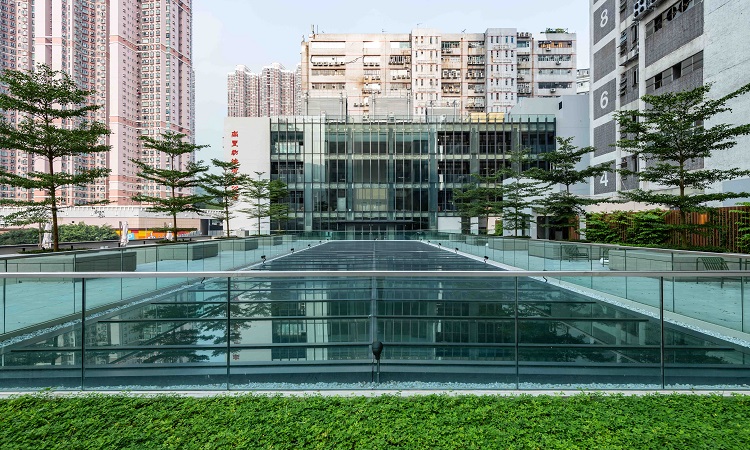


What used to be a large, vacant concrete roof is now transformed into a rooftop park.
The Park is spacious and green, contrasting with the surrounding industrial neighbourhood, and allows visitors to relax and recharge.
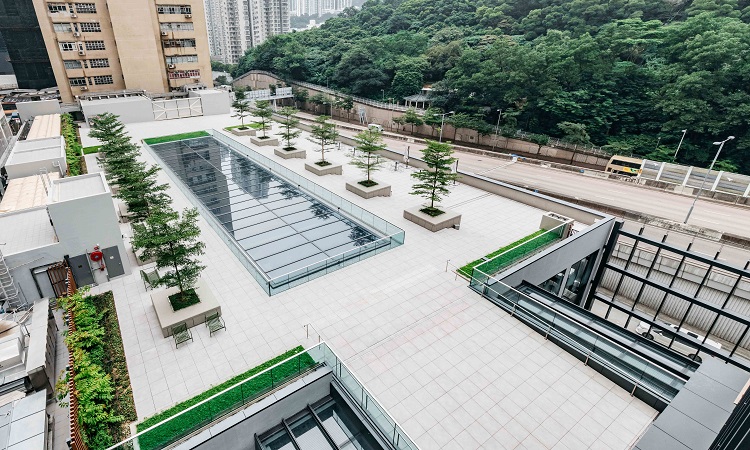


What used to be a large, vacant concrete roof is now transformed into a rooftop park.
The Park is spacious and green, contrasting with the surrounding industrial neighbourhood, and allows visitors to relax and recharge.



What used to be a large, vacant concrete roof is now transformed into a rooftop park.
The Park is spacious and green, contrasting with the surrounding industrial neighbourhood, and allows visitors to relax and recharge.



What used to be a large, vacant concrete roof is now transformed into a rooftop park.
The Park is spacious and green, contrasting with the surrounding industrial neighbourhood, and allows visitors to relax and recharge.
Connecting Staircase
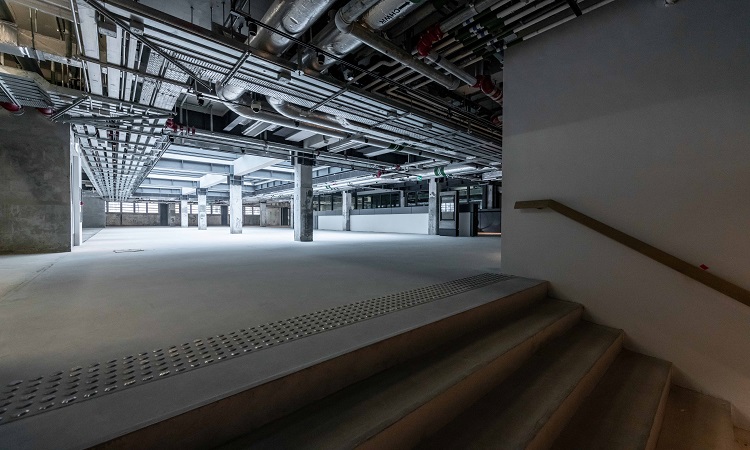


In order to create a seamless circulation and transition between the former Mills 4 and 5, this connecting staircase bridged the gap between the formerly separate buildings and highlights the level differences in the original structures.
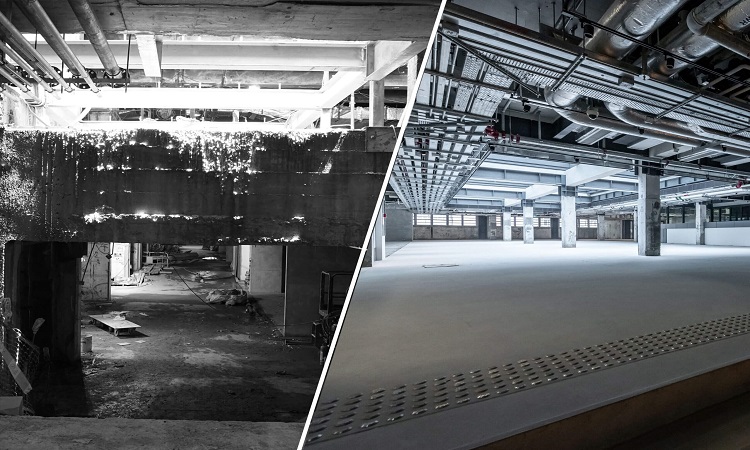


In order to create a seamless circulation and transition between the former Mills 4 and 5, this connecting staircase bridged the gap between the formerly separate buildings and highlights the level differences in the original structures.
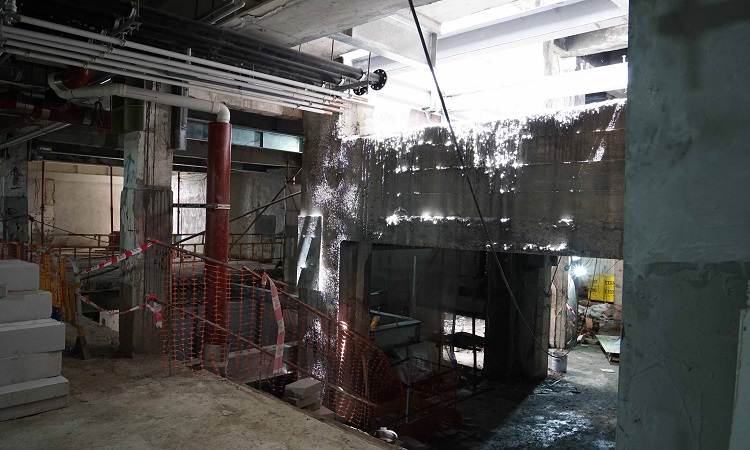


In order to create a seamless circulation and transition between the former Mills 4 and 5, this connecting staircase bridged the gap between the formerly separate buildings and highlights the level differences in the original structures.
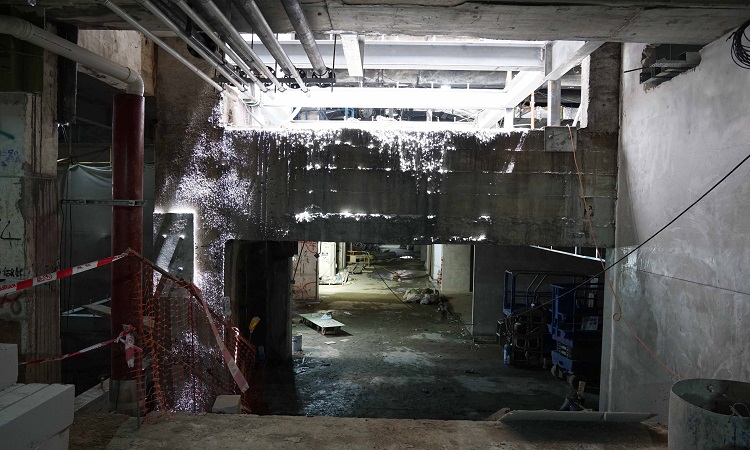


In order to create a seamless circulation and transition between the former Mills 4 and 5, this connecting staircase bridged the gap between the formerly separate buildings and highlights the level differences in the original structures.



In order to create a seamless circulation and transition between the former Mills 4 and 5, this connecting staircase bridged the gap between the formerly separate buildings and highlights the level differences in the original structures.



In order to create a seamless circulation and transition between the former Mills 4 and 5, this connecting staircase bridged the gap between the formerly separate buildings and highlights the level differences in the original structures.

